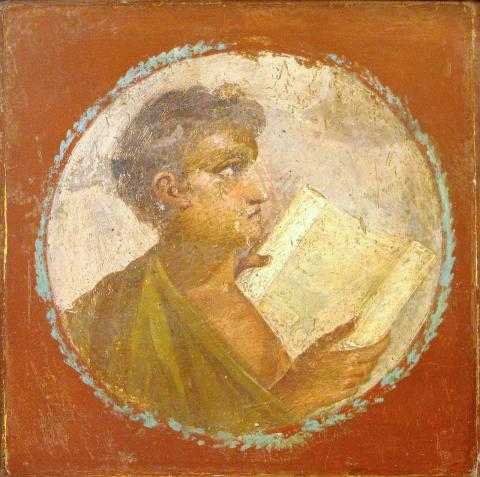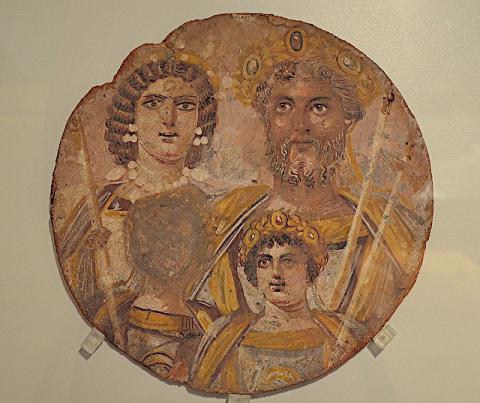SCS Blog Author Page
Posts by Danielle Bostick

|
Blog: Two Key Myths about Equity and Inclusion in Classics Classrooms
When I came back to the classroom in 2016, after an interlude career as a mental health counselor, I noticed systemic problems in the field of Classics that I had previously normalized. At the pre-collegiate level, Classics is not only elitist, but also exclusive in a way that has made it a racialized space. Mock slave auctions, for example, were held as fundraisers under the Junior Classical League brand as late as 2019 and still have not been formally banned. Instructional materials present slavery with the same rhetoric as Lost Cause white supremacists. At the JCL convention this year, the piece for the boys’ dramatic oration was a selection Read more … |

|
Blog: Diversifying Latin in High School and Middle School Classrooms
As Arum Park has recently written about, a number of new initiatives at Princeton University and the University of Michigan have sought to diversify and support the field of Classics, particularly for students of color transitioning from undergraduate to graduate study. However, such initiatives can and should start much earlier. When students’ impression of Latin is that it is for white, affluent people, and that impression is reinforced by the demographic of the Latin program, lack of diversity becomes a self-perpetuating problem that spills over into postsecondary Classics departments and the field as a whole. Diversification efforts must start with the first levels of Latin in middle school and high school. How homogeneous is high school Latin? In 2017, 6,629 students took the AP Latin exam. Only 235 students who Read more … |
